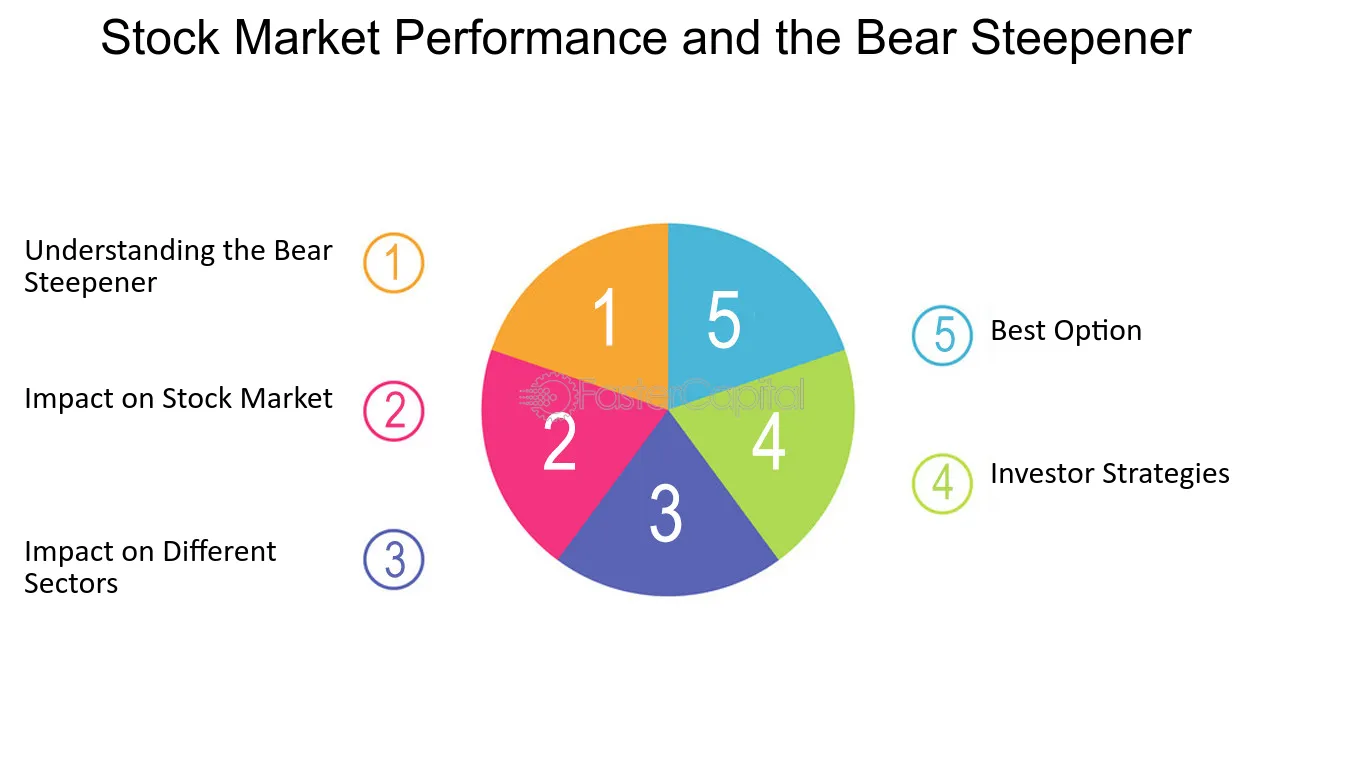Did you know that the best-performing sector can change faster than a chameleon on a rainbow? In the world of day trading, evaluating sector performance is crucial for maximizing profits and minimizing risks. This article dives into the essentials of sector performance, explaining what it is and why it matters for your trading strategy. We’ll guide you through effective analysis techniques, tools to evaluate performance, and how to identify leading sectors. Learn about the indicators that signal strength, the impact of news and economic indicators, and the common pitfalls to avoid. Plus, discover how to leverage sector ETFs, track performance in real-time, and incorporate technical analysis into your trading approach. Stay ahead of the curve with insights from DayTradingBusiness on how to consistently assess and capitalize on sector performance.
What is sector performance in day trading?
Sector performance in day trading refers to how specific sectors of the economy, like technology or healthcare, perform relative to one another over a short timeframe. Traders analyze sector performance to identify which sectors are gaining or losing momentum, allowing them to make informed decisions about where to invest. Strong sector performance often leads to increased volatility and trading opportunities, while weak performance may signal caution. Monitoring news, earnings reports, and economic data can help traders assess sector performance effectively.
How can I analyze sector performance for day trading?
To analyze sector performance for day trading, start by using sector ETFs to gauge overall movement. Look at the percentage change in price for each sector and compare them to identify strong and weak performers. Check news and economic indicators that may impact specific sectors. Utilize technical analysis tools like moving averages and volume trends to spot entry and exit points. Monitor sector rotation trends, as money flows into different sectors based on market conditions. Finally, consider using a stock screener to filter stocks within strong sectors for potential trades.
Why is sector performance important for day trading?
Sector performance is crucial for day trading because it helps traders identify which sectors are gaining or losing momentum. By focusing on strong sectors, traders can capitalize on upward price movements and avoid weak sectors that may drag down overall performance. Analyzing sector performance also allows for better risk management and the potential for higher returns, as certain sectors can react more predictably to market news and events.
What tools can help me evaluate sector performance?
To evaluate sector performance for day trading, consider using these tools:
1. Sector ETFs: Analyze exchange-traded funds that represent specific sectors, like XLF for financials or XLY for consumer discretionary.
2. Market Heat Maps: Use platforms like Finviz or TradingView to visualize sector performance in real-time.
3. Stock Screeners: Tools like Screener.co or Yahoo Finance allow you to filter stocks by sector performance metrics.
4. Economic Calendars: Monitor news and reports affecting sectors on sites like Investing.com or MarketWatch.
5. Technical Analysis Software: Use tools like Thinkorswim or MetaTrader to assess sector trends and patterns.
These resources will help you make informed trading decisions based on sector performance.
How do I identify leading sectors for day trading?
To identify leading sectors for day trading, start by analyzing market indices like the S&P 500 or the Dow Jones. Look for sectors with the highest percentage gains or volume. Check news for catalysts influencing specific sectors, such as earnings reports or economic data. Use tools like sector ETFs to gauge performance quickly. Monitor technical indicators like moving averages to spot trends. Finally, follow social media and financial news to catch emerging sector momentum.
What indicators signal strong sector performance?
Key indicators of strong sector performance for day trading include:
1. Price Movement: Look for sectors showing significant price increases, ideally above the market average.
2. Volume: High trading volume indicates strong interest and can signal sustained movement.
3. Relative Strength Index (RSI): An RSI above 70 suggests a sector may be overbought, while below 30 indicates it may be oversold, helping identify entry points.
4. News Catalysts: Positive news, earnings reports, or regulatory changes can boost sector performance.
5. Market Correlation: A sector moving in tandem with major indices often indicates strength.
6. Sector Rotation: Watch for funds shifting into a sector, signaling increased investment interest.
Use these indicators to identify and capitalize on day trading opportunities.
How does news affect sector performance in day trading?
News significantly impacts sector performance in day trading by influencing investor sentiment and stock prices. Positive news can lead to increased buying activity, causing a sector's stocks to rise. Conversely, negative news triggers selling, often resulting in declines. Traders monitor news releases, earnings reports, and economic indicators to gauge potential sector movements. For instance, favorable economic data might boost technology stocks, while regulatory changes could negatively affect healthcare shares. Quick reactions to breaking news allow day traders to capitalize on these shifts for profit.
What are the best sectors for day trading right now?
The best sectors for day trading right now are technology, healthcare, and energy. Technology offers high volatility and rapid price movements due to earnings reports and innovation news. Healthcare stocks can react strongly to drug approvals and regulatory changes. Energy, especially oil and gas, is influenced by geopolitical events and supply-demand shifts, providing ample trading opportunities. Focus on stocks within these sectors that show significant volume and volatility for the best results.
How can I use sector ETFs to assess performance?
To assess performance using sector ETFs for day trading, follow these steps:
1. Identify Sector ETFs: Choose ETFs that represent sectors of interest, like XLF for financials or XLV for healthcare.
2. Analyze Price Trends: Monitor the price movement of these ETFs throughout the trading day. Look for patterns or trends that indicate strength or weakness in a sector.
3. Compare Against Benchmarks: Evaluate sector ETFs against broader indices like the S&P 500. Strong performance relative to the index can signal sector strength.
4. Use Technical Indicators: Apply indicators like moving averages or RSI to identify entry and exit points. This can help refine your trading strategy.
5. Monitor News and Events: Stay updated on news affecting specific sectors. Catalysts can lead to volatility and impact ETF performance.
6. Look for Correlations: Analyze how sector ETFs move in relation to each other. This can help identify sectors that may be poised for breakout or decline.
By consistently applying these methods, you can effectively use sector ETFs to gauge performance and inform your day trading decisions.
What role does market volatility play in sector performance?
Market volatility significantly impacts sector performance by influencing investor behavior and sector-specific trends. In volatile markets, sectors like technology may experience rapid price swings due to heightened speculation, while defensive sectors like utilities tend to be more stable. Traders often capitalize on these fluctuations, buying into sectors that are gaining momentum and shorting those that are declining. Understanding the correlation between market volatility and sector performance helps day traders make informed decisions and optimize their strategies.
How do economic indicators influence sector performance?

Economic indicators like GDP growth, unemployment rates, and consumer confidence directly impact sector performance by influencing investor sentiment and spending patterns. For instance, rising GDP often boosts sectors like consumer discretionary, while high unemployment may negatively affect retail. Inflation rates can impact sectors differently; higher rates might hurt utilities but benefit commodities. Day traders should monitor these indicators closely, as they can signal shifts in sector strength, allowing for timely trades.
What are common mistakes in evaluating sector performance?
Common mistakes in evaluating sector performance for day trading include:
1. Ignoring broader market trends: Focusing solely on sector data without considering overall market conditions can lead to misleading conclusions.
2. Overlooking correlation: Failing to recognize how sectors are interrelated can skew performance evaluation.
3. Relying on outdated data: Using old performance metrics can result in poor decision-making, as market conditions change rapidly.
4. Neglecting economic indicators: Not factoring in economic reports and news that affect sectors can lead to misjudgments.
5. Disregarding volume and liquidity: Ignoring trading volume can mask true sector strength or weakness, impacting entry and exit points.
6. Misinterpreting technical indicators: Relying too heavily on technical analysis without understanding the underlying fundamentals can mislead traders.
7. Emotional bias: Letting emotions influence sector evaluation can cloud judgment and lead to poor trades.
How can I track sector performance in real-time?

To track sector performance in real-time for day trading, use financial news websites like Bloomberg or CNBC, which provide live updates. Utilize stock market apps like Robinhood or Webull, offering sector performance charts. Consider platforms like TradingView or Yahoo Finance for customizable watchlists and alerts. Explore sector ETFs (Exchange-Traded Funds) to gauge overall sector health quickly. Using tools like Finviz can also help visualize sector performance with real-time data.
What strategies can I use based on sector performance?
To evaluate sector performance for day trading, use these strategies:
1. Sector Rotation: Analyze which sectors are performing well and rotate your investments accordingly. Look for sectors that are gaining momentum.
2. Relative Strength Index (RSI): Use RSI to identify overbought or oversold sectors. This helps pinpoint potential reversals or continuations in sector trends.
3. News and Events: Monitor news that impacts specific sectors. Economic reports, earnings announcements, or geopolitical events can significantly influence sector performance.
4. Sector ETFs: Trade sector-specific ETFs to gain exposure without picking individual stocks. This diversifies risk while focusing on sector trends.
5. Volume Analysis: Look for increased trading volume in a sector. High volume often indicates strong interest and can signal continued movement.
6. Technical Indicators: Use moving averages and trend lines to identify entry and exit points within sectors. These help confirm bullish or bearish trends.
7. Intermarket Analysis: Study the correlation between sectors and other markets, such as commodities or bonds, to anticipate sector movements.
Implement these strategies to effectively capitalize on sector performance in day trading.
How often should I review sector performance for trading?
Review sector performance daily for day trading. Check early in the morning to gauge market trends and again before making trades. Monitor throughout the day for any significant changes. This keeps you informed and ready to adjust your strategy quickly.
How can I combine technical analysis with sector performance?
To combine technical analysis with sector performance for day trading, start by identifying the strongest and weakest sectors using sector ETFs. Analyze technical indicators like moving averages, RSI, and MACD for stocks within those sectors. Focus on stocks in strong sectors with bullish signals and avoid those in weak sectors showing bearish trends. Monitor sector news and economic reports that may impact performance. Use this approach to refine entry and exit points based on both technical patterns and sector momentum.
Learn about How to Combine Fundamental and Technical Analysis in Day Trading
Conclusion about Evaluating Sector Performance for Day Trading
Incorporating sector performance analysis into your day trading strategy is crucial for identifying profitable opportunities and managing risk. By using the right tools and indicators, along with staying informed on economic news and market volatility, you can make more informed trading decisions. For those looking to enhance their trading acumen, leveraging insights from DayTradingBusiness can provide the necessary guidance to navigate sector dynamics effectively. Remember, continuous evaluation and adaptation are key to success in the ever-changing trading landscape.